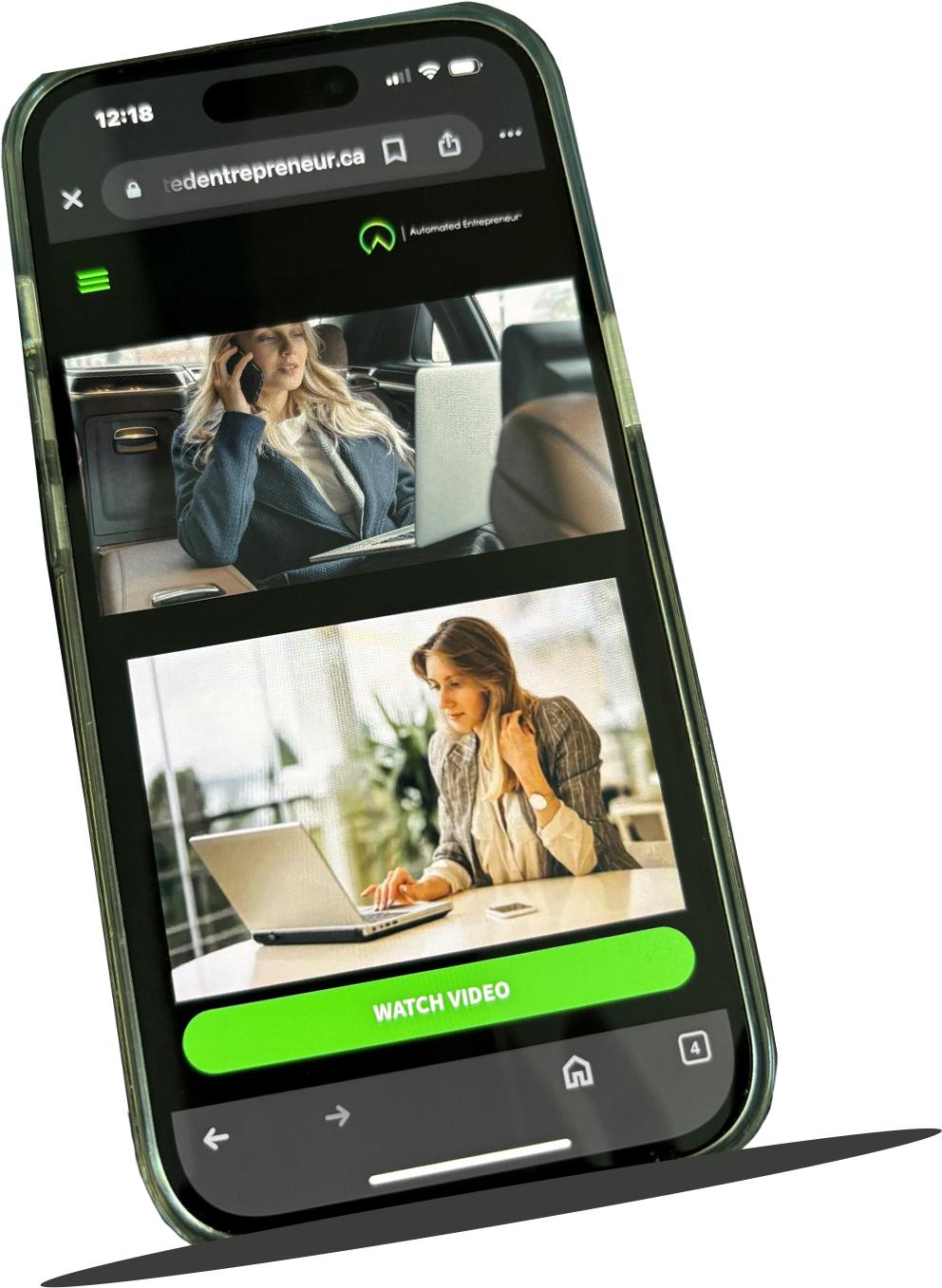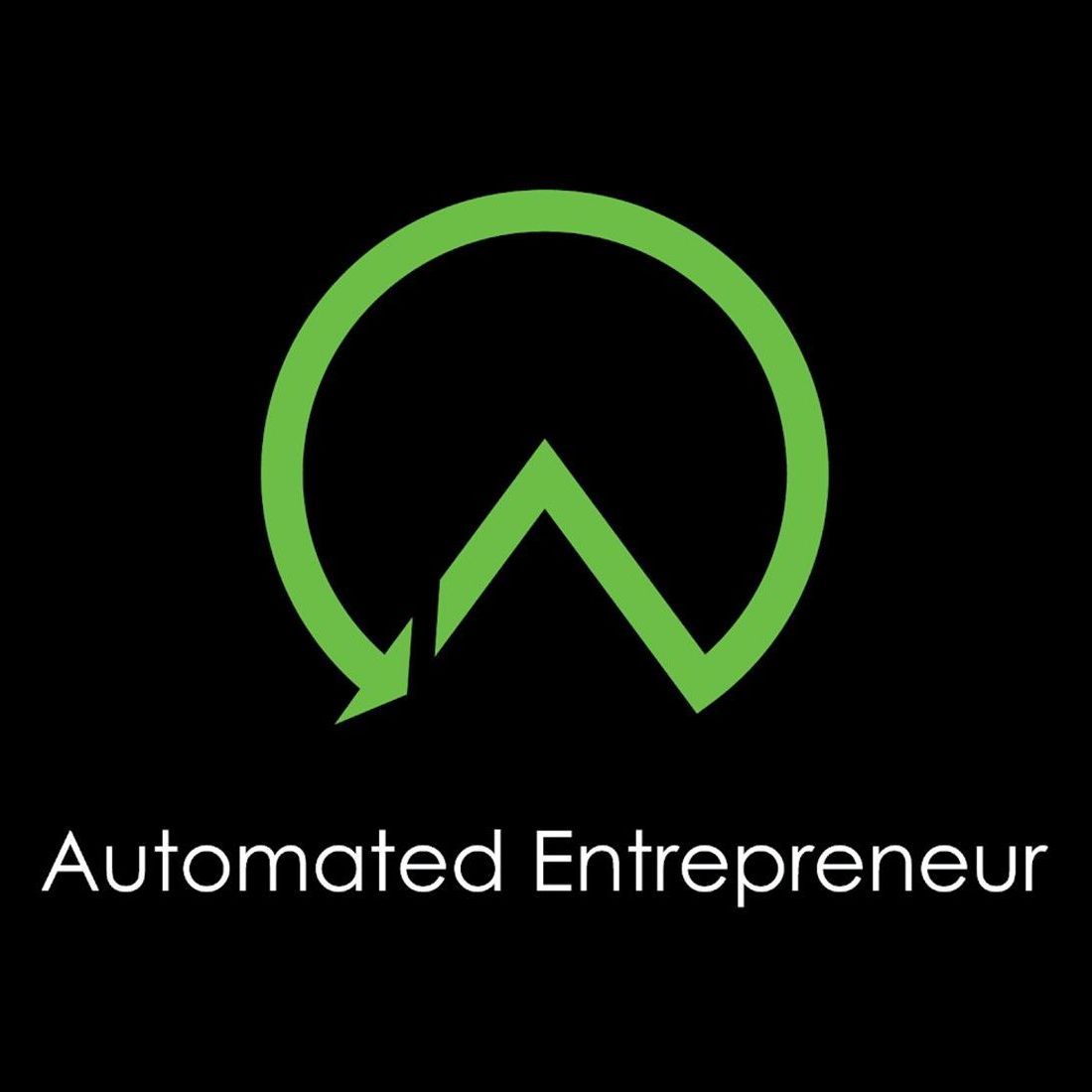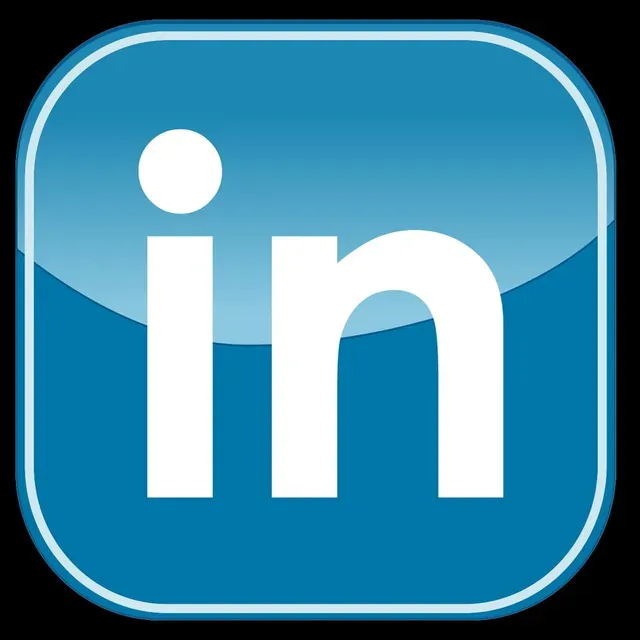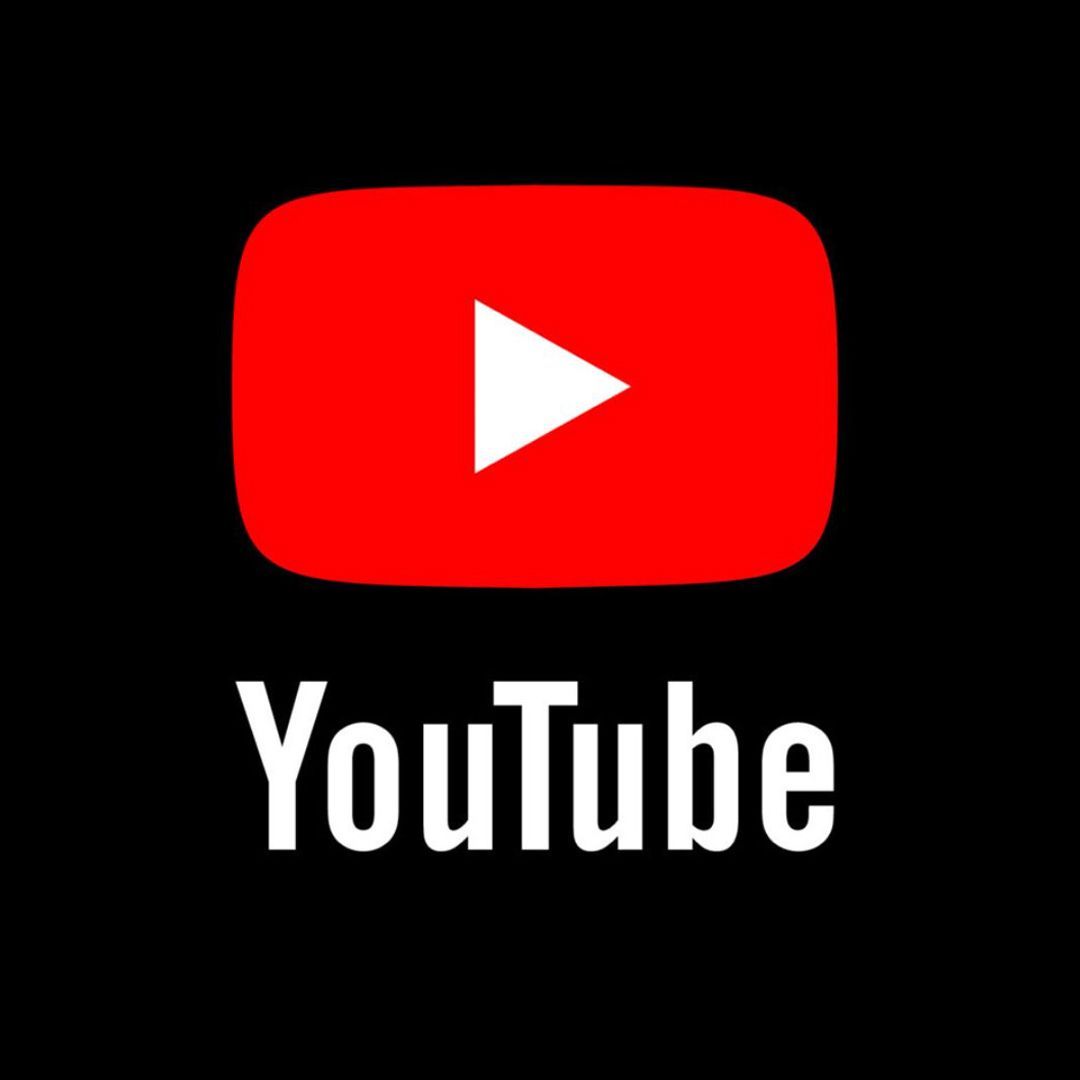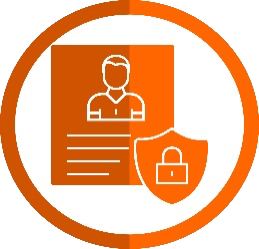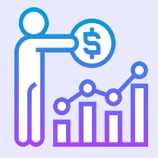What is Email Marketing?
Email marketing is a powerful tool that businesses can use to build stronger relationships with their customers and drive sales. It is the most profitable and cost-effective direct marketing channel, generating an average return on investment of $36 for every $1 spent. As of 2022, 68% of businesses reported using email to send content to their contacts. For this reason alone, email should be a key pillar of your digital marketing strategy. Not doing any email marketing is like leaving money lying out on the table.
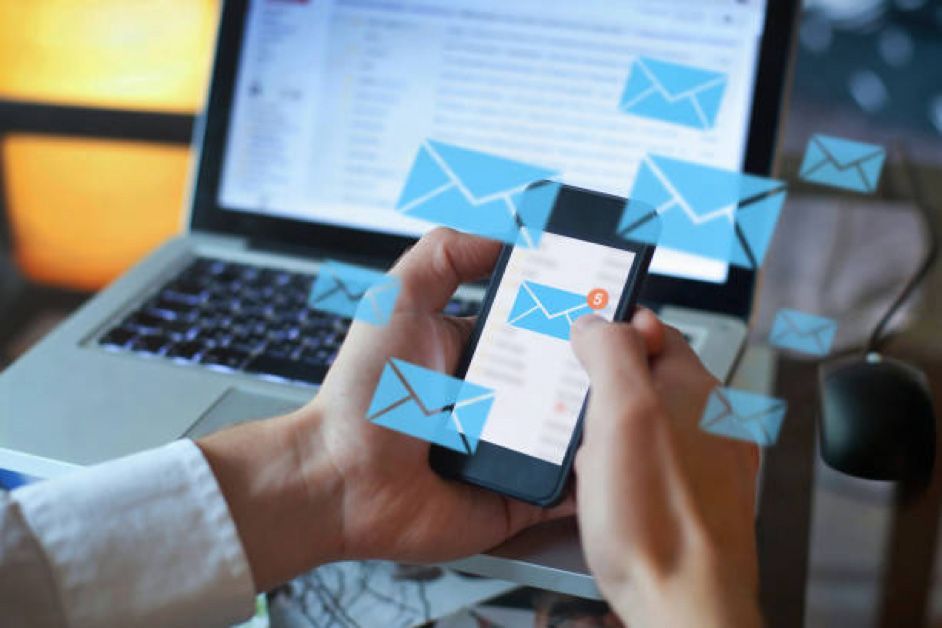
What is email marketing?
Email marketing is a direct marketing channel that lets businesses share new products, sales, and updates with customers on their contact lists. Because subscribers choose to sign up for emails, it’s more likely to convert than other channels. Its high return on investment (ROI) makes it crucial to most businesses’ overall inbound strategy.
Modern email marketing has moved away from one-size-fits-all mass mailings and instead focuses on consent, segmentation, and personalization to engage target audiences more effectively. It’s about understanding your customer’s interests to develop long-term relationships.
Making personalized campaigns may sound time-consuming, but marketing automation and software handle most of the heavy lifting for you. In the long run, a well-designed email marketing strategy drives sales and helps build a community around your brand.
Types of marketing emails
What is email marketing used for? Marketing emails can be promotional, informational, or serve a specific purpose in the buyer journey.
1. Promotional emails
Email marketing campaigns promote special offers, new product releases, gated content like eBooks and webinars, and your brand in general. A campaign can even consist of a series of emails (3-10) sent over several days or weeks.
Promotional emails have a clear call-to-action — CTA, for short. The CTA represents the specific action you want the reader to take, whether visiting a page on your website or using a coupon to make a purchase. In the example above, the CTA is the button that says, “Get your gift.”
Your business’s sales and marketing rhythm typically determines how often you send promotional marketing emails. During crucial periods like Black Friday, you may send multiple promotional emails in the same 24-hour period. During slower periods in the marketing calendar, there may be a few weeks between your promotional campaigns.
2. Informational emails
Newsletters are among the most popular informational emails. As the name suggests, a newsletter shares news related to your business. Think new milestones reached, new product capabilities, or featuring valuable content like case studies. Sent at regular intervals — weekly, bi-weekly, monthly — newsletters help maintain consistent touch points with your email subscribers.
Simply put, a newsletter is an opportunity to share insights, thoughts, tips — whatever brings the most value to your audience. Email is the perfect way to inform customers of company announcements, new product releases, changes to the service, etc.
More often than not, email is the go-to channel for important messages. If there’s a glitch on your website, shipping delays, or an outage in your system/software, updating your contacts via email is the best way to maintain communication. It’s secure, instant, and can match the formal tone of even the most important announcements.
3. Retention emails
Retention emails keep your customers happy and always coming back for more. Retention emails are a valuable cornerstone of email marketing since a new contact is more costly to attain than keeping an existing contact.
These emails engage customers with your brand. You might introduce them to your product, share tips on how to use your product, send out a survey, or target uninterested contacts with a campaign to win them back.
Some examples of retention emails include: Welcome emails, How-to-use-our-product emails, Achievement emails, Next steps, Company news, stories, and events, Resources, Contests and User-generated content.
You can create retention by showing users how easy it is to navigate the app and what they can do with it. The goal is to inspire subscribers to use their product.
But how do you get readers from the email to the product? With a link to beautiful recommendations featured inside the app.
Sometimes, customers begin to lose interest in your emails or product. This is your chance to send reactivation emails. As the name suggests, reactivation or re-engagement emails help reconnect with customers or subscribers who haven’t been active lately.
Shopify re-engages fading customers by sending out a survey. This survey allows Shopify to get valuable information to improve its product. It also offers a cash prize incentive to get subscribers to engage with the email.
4. Transactional emails
The fourth category important to email marketing is transactional. These emails are automated messages triggered as a response to your customers' actions, such as when a customer buys an item from your shop.
Examples of transactional emails include: Order confirmations, Thank you emails, Password resets, Abandoned cart emails, Product review requests.
While these don’t explicitly say “marketing,” they are essential for customer satisfaction. These immediate messages serve as confirmations that customers are getting what they asked for. Check out this transactional email guide to learn about best practices when making and sending transactional emails.
Why email marketing is important
Email isn’t a new technology. It was one of the very first means of digital communication to arrive back in 1971. At 50+ years old, email marketing is used today more than ever before with 4.7 billion estimated users by 2026.
You may be thinking, “Isn’t social media where it’s at for marketing today? What is email marketing going to add to my strategy?” While it’s true that social media is an important channel for any digital marketing strategy, email has several advantages:
- Brands can personalize email marketing campaigns to a greater extent than those on social media.
- Email marketing is more cost-effective than other channels.
- Email marketing is the channel with the highest conversion rate. This is part of what makes email marketing so ideal for small businesses.
- Unlike social media, your emails aren’t public discussion boards. Emails give you direct, individual access to your audience’s inboxes and are not affected by constant algorithm updates. Your mail will make it to the inbox as long (as you follow security protocols and build email service provider-friendly campaigns).
Email marketing performance is easy to track and analyze. With the help of a CRM suite like Brevo, you can see how many people open, click on, and engage with each email campaign you send.
Email marketing can improve conversions of social media content. When used with the same audience, one study found that email improved conversions from social media posts by 70%. Use email marketing to enhance all of your channels.
Still don’t believe? Let’s take a look at the numbers:
- In 2023, there were over 4.37 billion global email users.
- 99% of email users check their email at least once per day.
- 62% of consumers ranked email in their top preferred communication channels with small businesses.
- 59% of people said marketing emails influenced their decision to buy.
- Given the figures, not having an email marketing strategy means missing out on sales opportunities and the chance to build lasting customer relationships (which ultimately means more sales later down the road).






